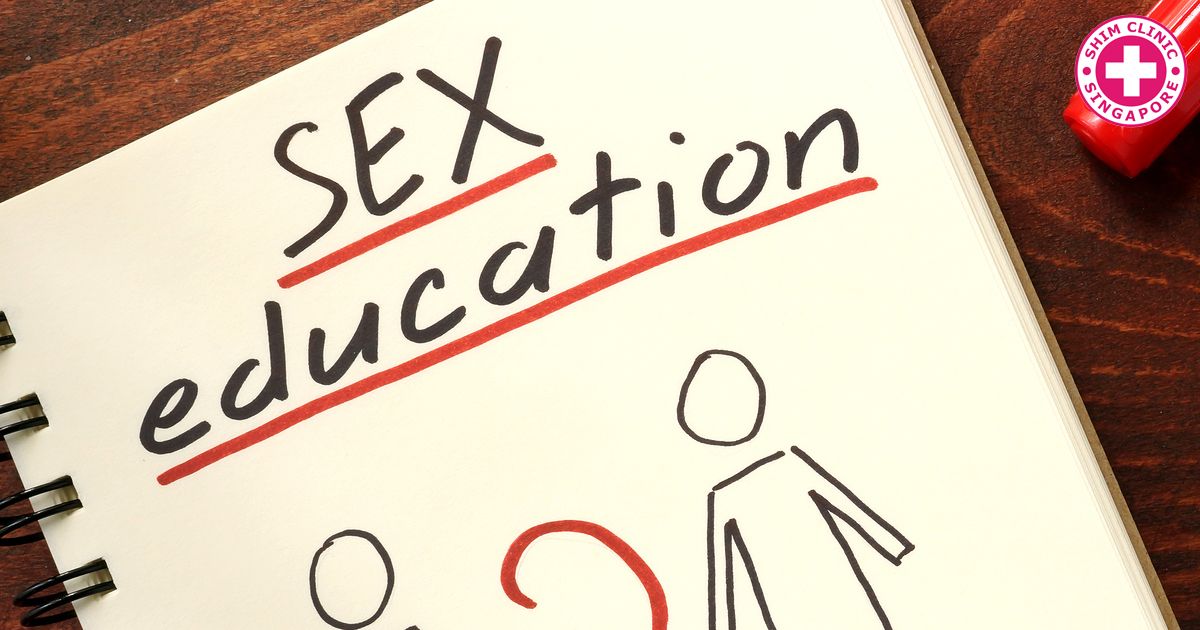Sex education is now common in schools, right? At one point or other, you were bound to receive a lecture or two on the dangers of unprotected sex.
Parents are actually advocating for passing of such information to their children in middle school all through to high school and college. Yet even with all this arsenal of information, reported cases of STDs continue to increase.
Why teach sex education?
The CDC (Center for disease Control and Prevention) estimates that of the nearly 20 million new infections occurring each year, half of these can be attributed to young people aged between 15-24 years of age.
In 2016 for instance, the CDC nationwide received reports of chlamydia exceeding 1.5 million. This represented a whole 134% increase in 16 years.
In Ohio, Hamilton county had the highest infection rate- 820 cases per 100,000 people. 74% of these cases were found to occur in people between 15 and 24 years of age. Similarly, within the same age group, 50% of gonorrhea cases were diagnosed in 2015.
A survey in 2011 indicated that more than 47% of high school students admitted to have had sex. 15% of these said they had had 4 or more partners during their lifetime already. 60% reported condom use, while 23% used birth control pills.
This has got to be alarming.
What is captured in sex-ed?
Schools vary widely on the type of information that they disseminate. In 2016, it was reported by “The Guttmacher Institute” that over 75% of high schools in The United States teach learners in their institutions on how to avoid pregnancy through abstinence. However, only 35% teach about proper condom usage.
Yet such information is crucial. A survey done in 2016 by The American College Health Association showed that more than 40% of students at the University of Cincinnati did not use contraceptives with their most recent episode of vaginal intercourse.
At UC, unprotected consensual sex cases were more likely under the influence of alcohol. Approximately 29% reported this.
Is Sex Ed, or its lack thereof, the problem?
Gail Bolan, director of the CDC’s STD prevention division, suggests that sex education in schools isn’t entirely to blame for increased transmission rates. Job reduction and fund cuts to the public health sector are also contributing factors.
He emphasizes that the local, state and federal programs must make use of campaigns that make the most of the long-term population impact through infection incidence reduction and promotion of sexual, maternal, infant and reproductive health.
Mitigating strategies
To combat these rising cases, resources that advocate for safe sex are being made available in the University of Cincinnati. The student wellness centre provides and promotes information on testing and offers free condoms.
Students having health insurance and are aware of and okay with the risk of their parents finding out are encouraged to go to the University Health Services.
If not, then there is the option of the Cincinnati Health Department. Here, services are either offered for free or at a greatly reduced rate to students.
In addition to this, the center launched and runs a workshop that provides learners with condoms for distribution among peers. The “Gotcha Covered” program sanctions the center to distribute condoms and health materials that promote safe sex on a larger scale.
We need to come to terms with the fact that young people are having sex. This makes information all the more crucial and access to resources more vital than ever.


Pingback: The Truth about Teens and STIs in Singapore